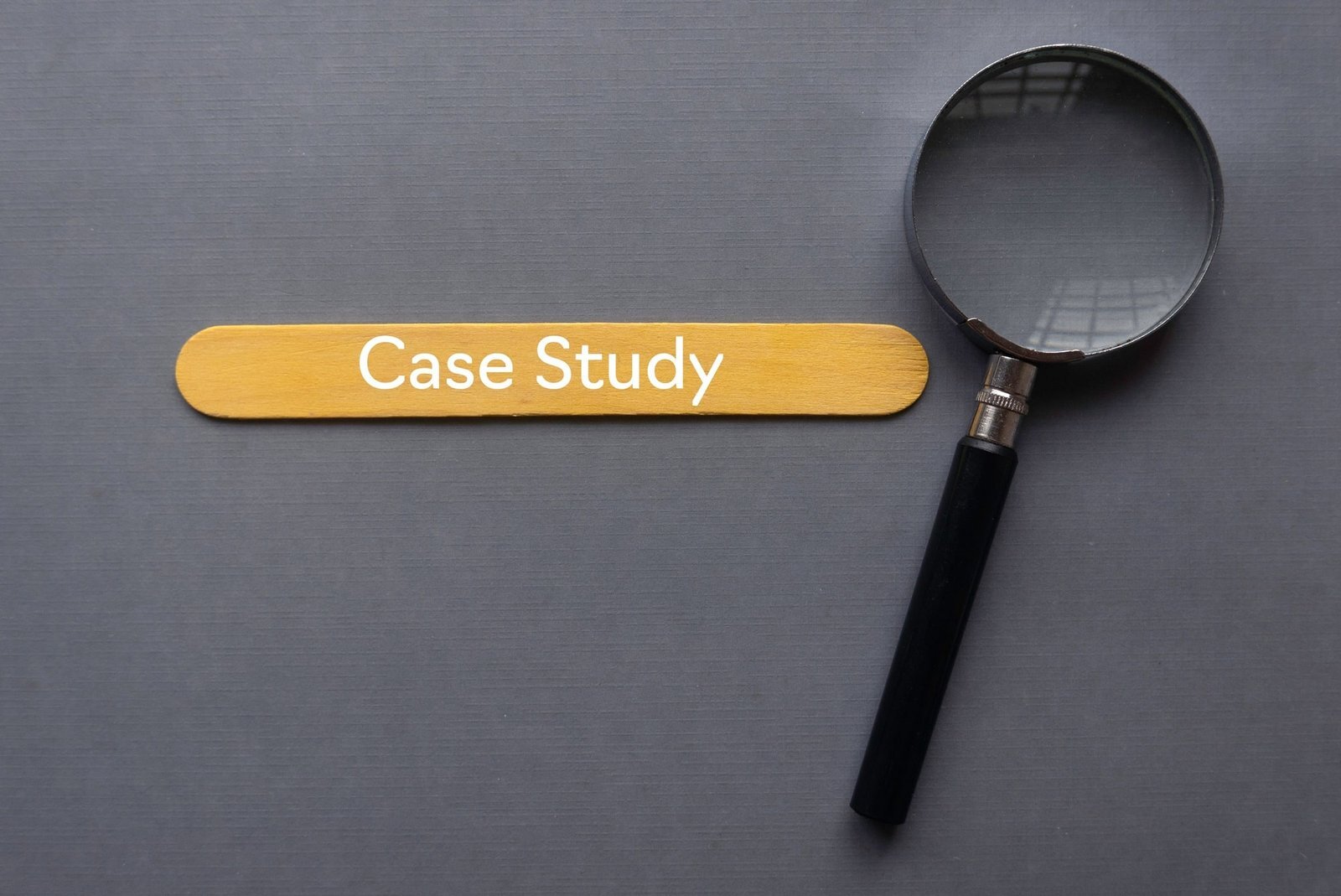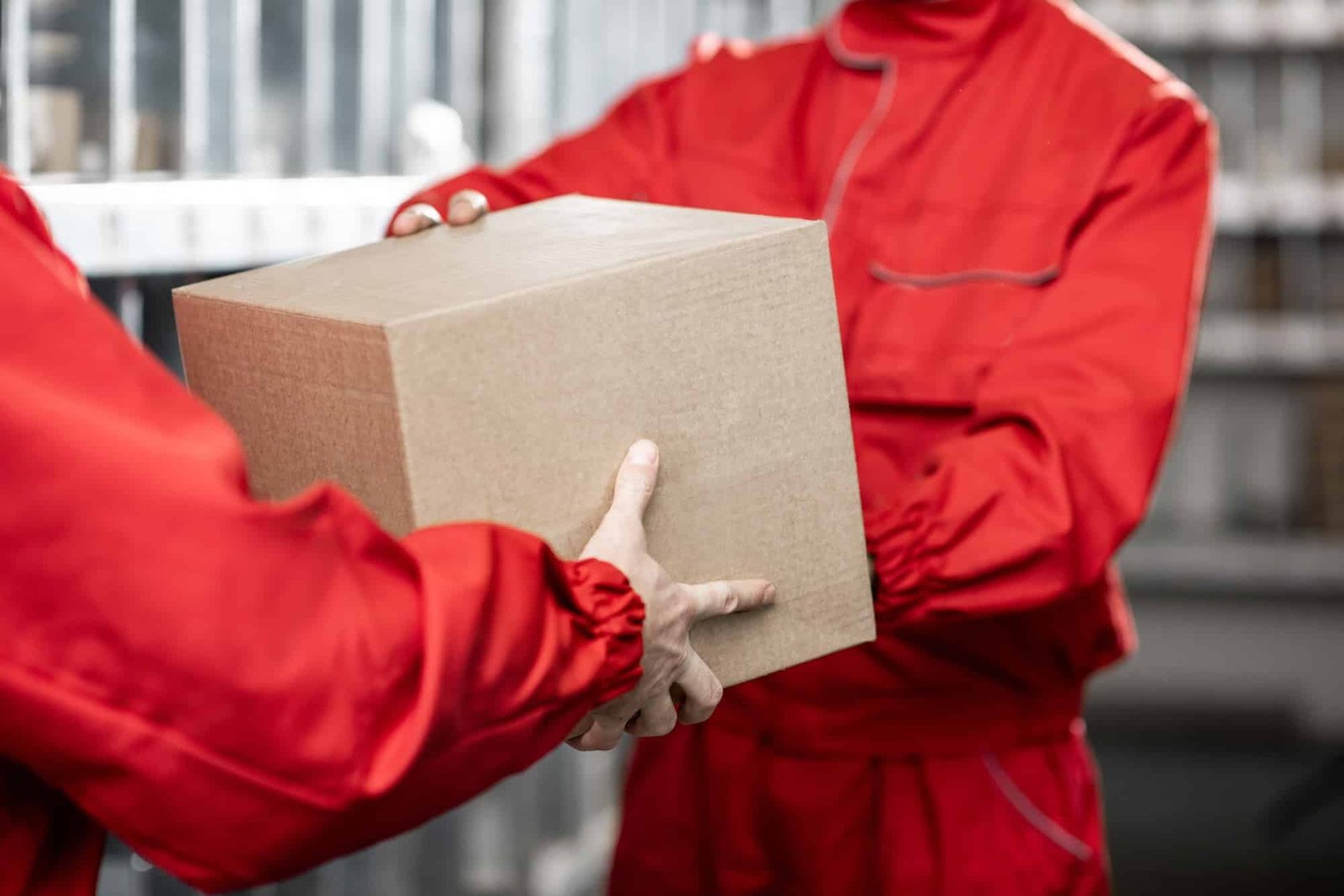When using double-sided tape, getting a strong, reliable bond is crucial. But how long does it take for the adhesive to fully cure and reach its maximum strength? This question can make or break a project, especially when you need to rely on that bond.
On average, double-sided tape takes around 72 hours to fully cure. While it might stick quickly, giving it time to cure ensures the strongest hold.
To get the best results, understanding the curing process and the factors that affect it can help you plan ahead.
Factors Influencing Curing Time
1. Type of Adhesive
The type of adhesive used in double-sided tape is a major factor in curing time. For instance, acrylic adhesives, such as those used in 3M VHB tapes, create strong, durable bonds but require more time to cure fully. Rubber-based adhesives, in contrast, might cure faster but don’t offer the same level of long-term performance. The adhesive type determines not only how long the tape takes to cure but also how well it will perform under stress and in various conditions.
2. Temperature and Humidity
Temperature and humidity play a critical role in the curing process. Warmer temperatures help speed up curing by allowing the adhesive to bond more quickly. On the flip side, cold environments can significantly slow down the curing process, making it take much longer for the tape to reach full strength. High humidity can also impede curing, as excess moisture interferes with the adhesive’s ability to bond. For optimal results, try to use double-sided tape in a warm, dry environment.
3. Surface Material
The surface material you are bonding has a big impact on curing time. Non-porous materials like metal and glass allow adhesives to bond quickly since they don’t absorb the adhesive. However, porous materials such as wood or fabric may absorb some of the adhesive, prolonging the curing process. When using double-sided tape on porous surfaces, it’s important to allow extra time for the adhesive to set and form a strong bond.
4. Tape Thickness
Thicker double-sided tapes require more curing time than thinner tapes. This is because thicker tapes contain more adhesive, which takes longer to spread and fully bond to the surface. The amount of adhesive that needs to cure directly correlates to how much time it takes for the tape to achieve full strength.
5. Application Technique
How the tape is applied can significantly influence the curing time. For the best results, it’s essential to apply even pressure across the entire tape surface. In fact, manufacturers like 3M recommend using a roller to ensure the adhesive spreads evenly, which helps the tape cure faster and increases its bond strength. Improper application may result in weaker bonds and longer curing times.
General Curing Guidelines
While double-sided tape can offer an instant bond, its full curing process takes time. Here’s a general guide to help you understand what to expect:
• Instant Bonding: Some double-sided tapes, especially high-performance varieties like 3M VHB, achieve about 50% of their bond strength immediately upon application when pressure is applied. After 20 minutes, these tapes already have a significant portion of their holding power, but this isn’t the full story.
• 24-Hour Strength: After 24 hours, double-sided tape typically reaches around 90% of its full strength. At this point, the adhesive has bonded sufficiently to handle light loads and minor stress. However, it’s best to avoid placing heavy weight or stress on the bond until the full curing time has passed.
• Full Curing in 72 Hours: For most double-sided tapes, full curing occurs within 72 hours. After this time, the tape should have reached its maximum bond strength, making it ready for heavy-duty applications and long-term use. During this period, the adhesive continues to spread, penetrate the surface material, and solidify the bond.
Common Questions About Double-Sided Tape Curing Time
Does curing time depend on the type of tape?
Yes, the type of adhesive used in the tape is a major factor in determining how long it will take to cure. Acrylic adhesives generally take longer to cure compared to rubber-based adhesives.
Can I speed up the curing process by applying heat?
Applying heat can help speed up the curing process in some cases, but it’s important to avoid overheating the tape, as it may weaken the bond. Ideally, moderate warmth, such as room temperature or slightly above, can improve curing time without compromising adhesive strength.
How does surface material affect curing time?
Non-porous surfaces like glass or metal allow the adhesive to bond faster, while porous materials like wood or fabric absorb the adhesive, which can slow down the curing process. For porous surfaces, it’s important to allow additional curing time.
Can double-sided tape support weight immediately after application?
Some tapes can support light loads almost immediately, especially after applying pressure. However, for best results and maximum strength, you should wait at least 24 hours before applying significant weight or stress.
What happens if I use the tape before it fully cures?
Using the tape before it fully cures can result in a weaker bond, making it less effective at holding weight or withstanding stress. This is particularly important for heavy-duty applications or surfaces that will experience regular movement or pressure.
Does the thickness of the tape impact the curing time?
Yes, thicker tapes typically take longer to cure than thinner ones, as there is more adhesive that needs to bond with the surface. If you’re using a thicker tape, it’s important to give it more time to cure fully.
Conclusion
Double-sided tape typically takes around 72 hours to fully cure, depending on factors such as adhesive type, temperature, humidity, and surface material. While some tapes offer quick bonding, allowing the adhesive to fully set before applying stress will ensure a stronger, more reliable hold.







